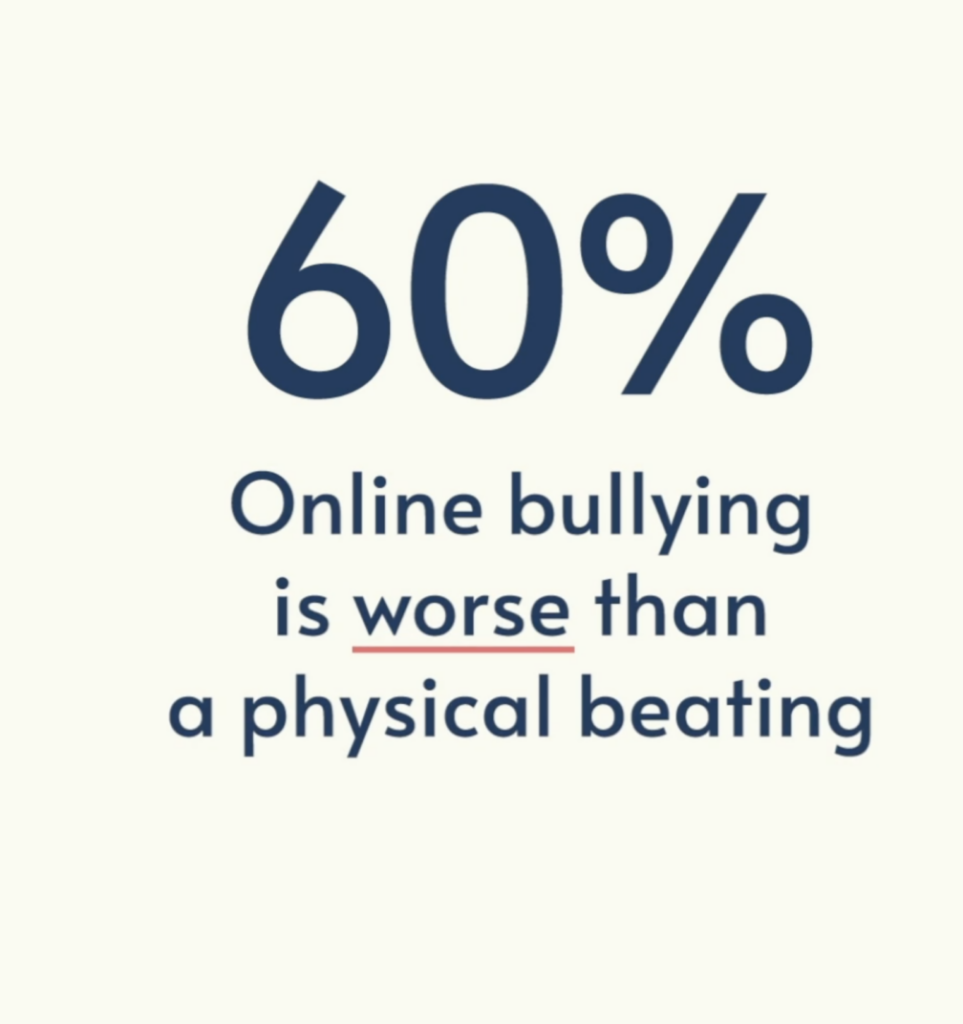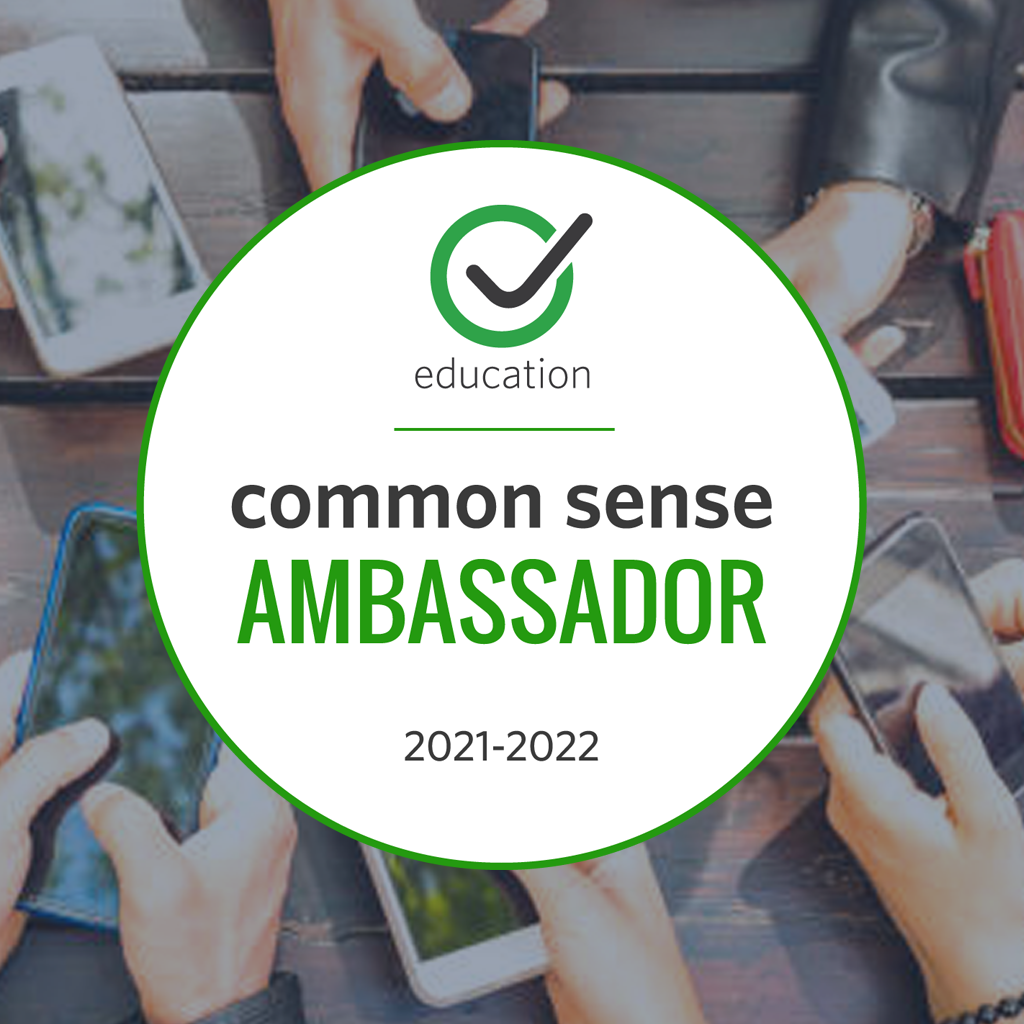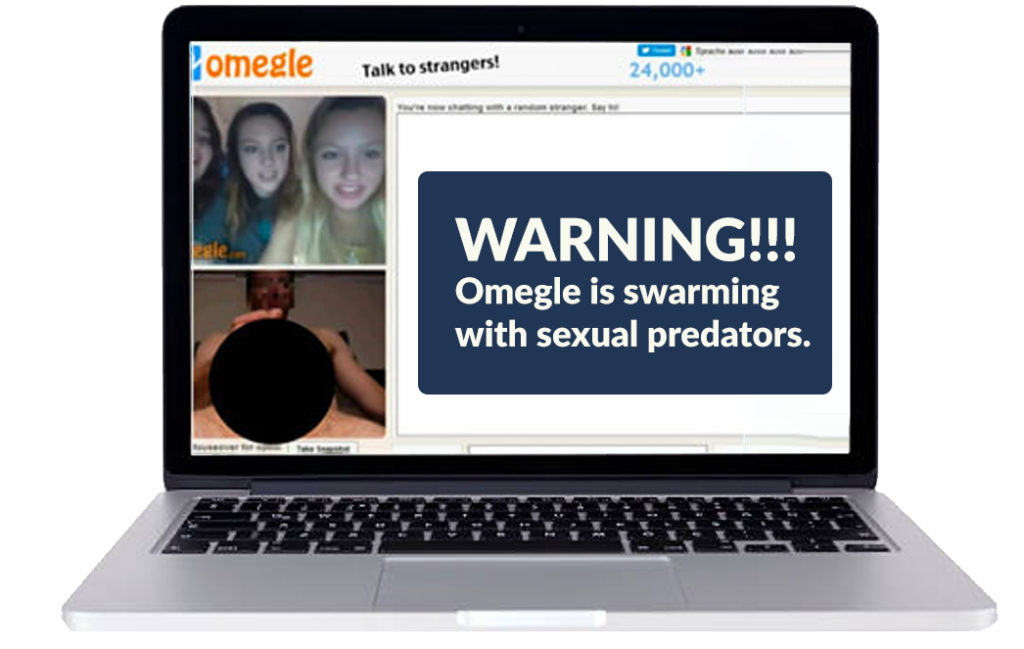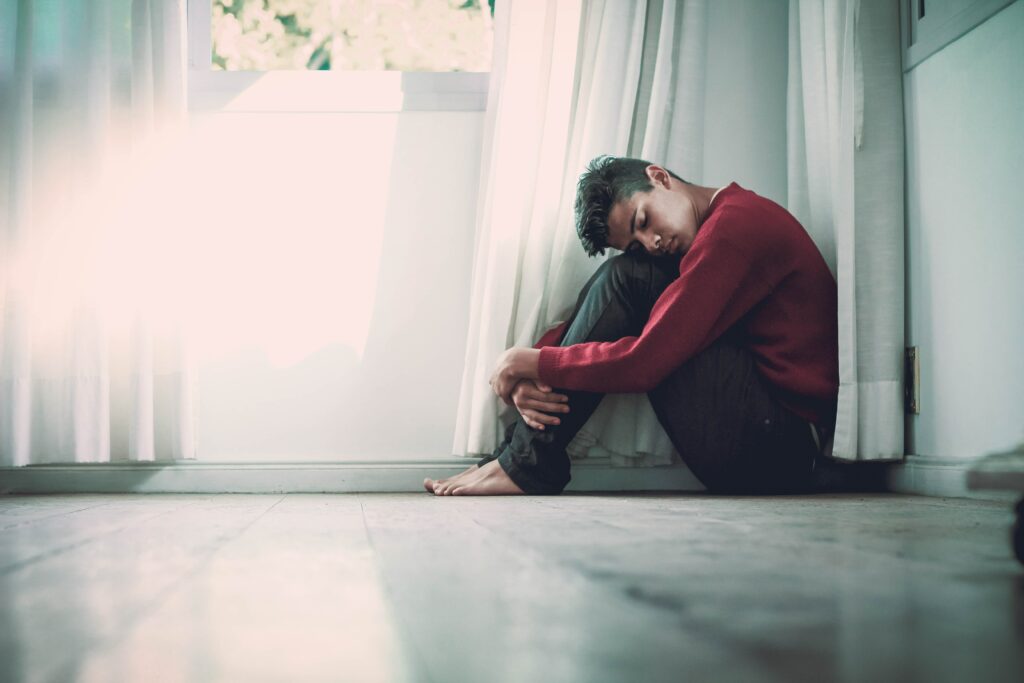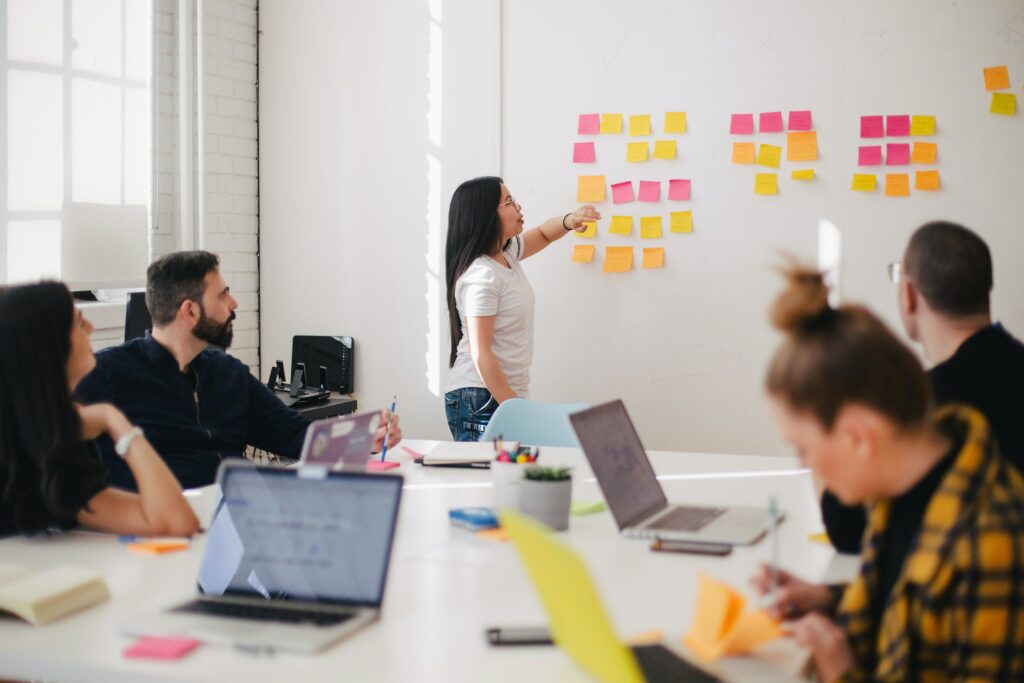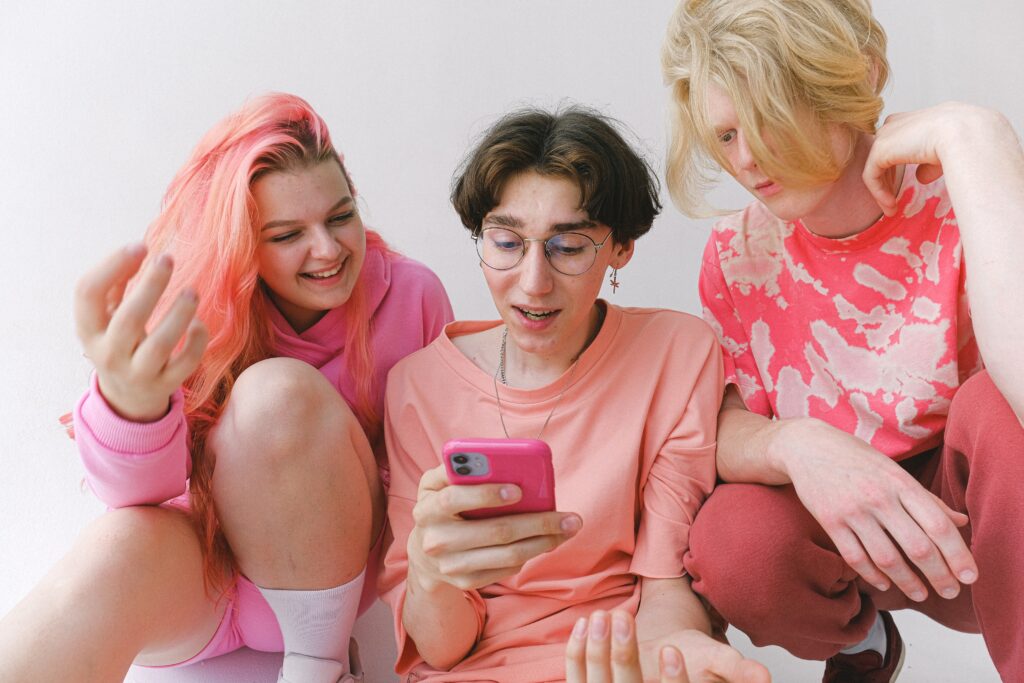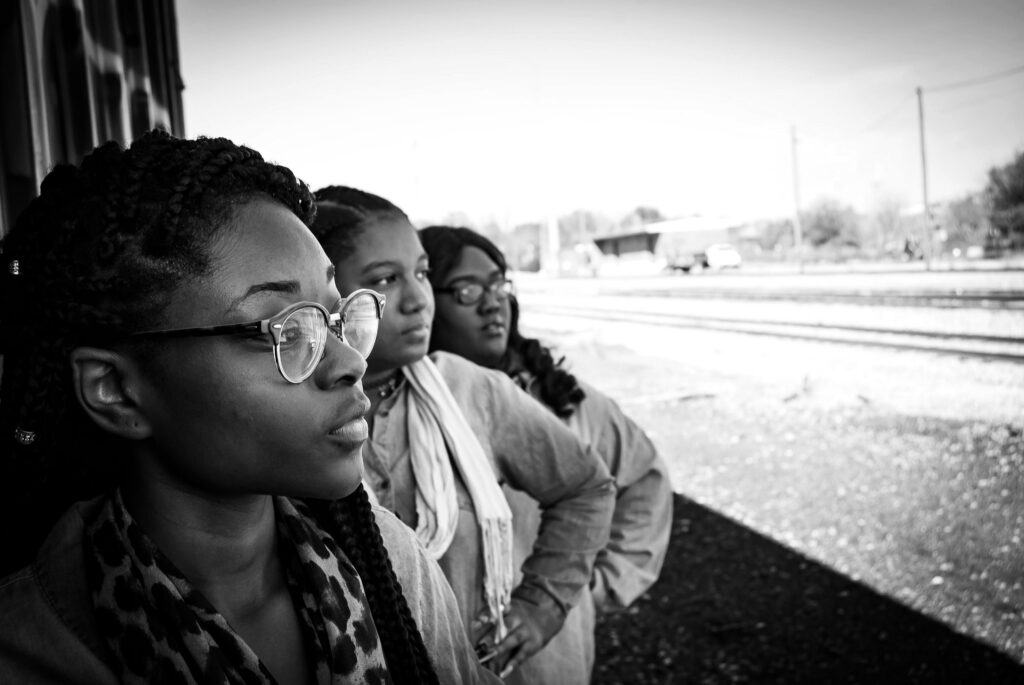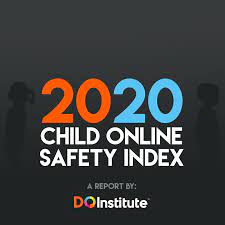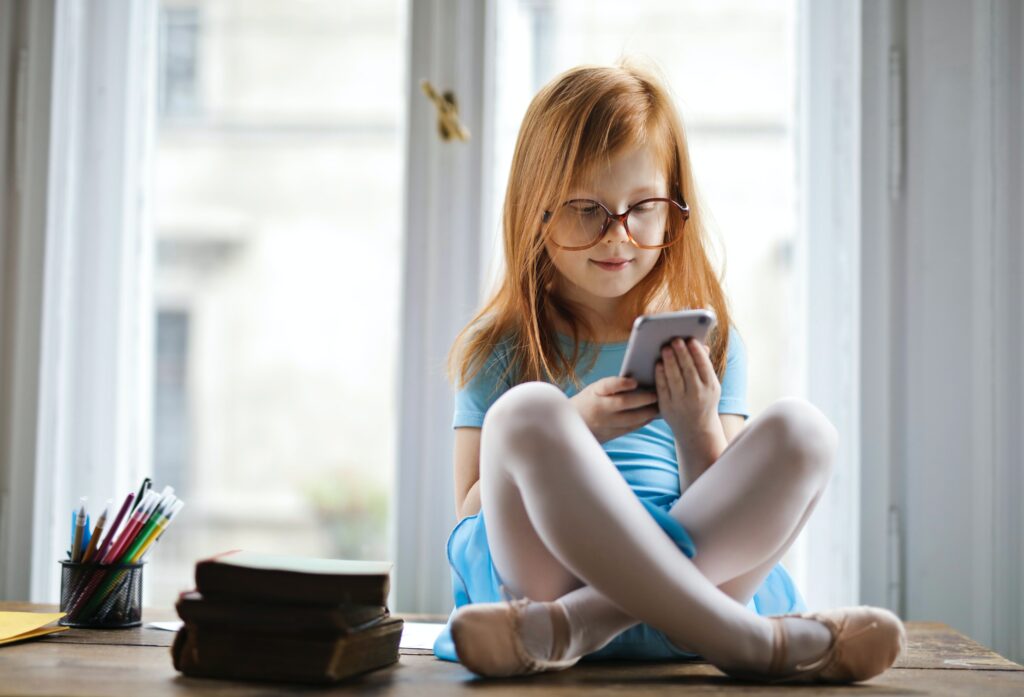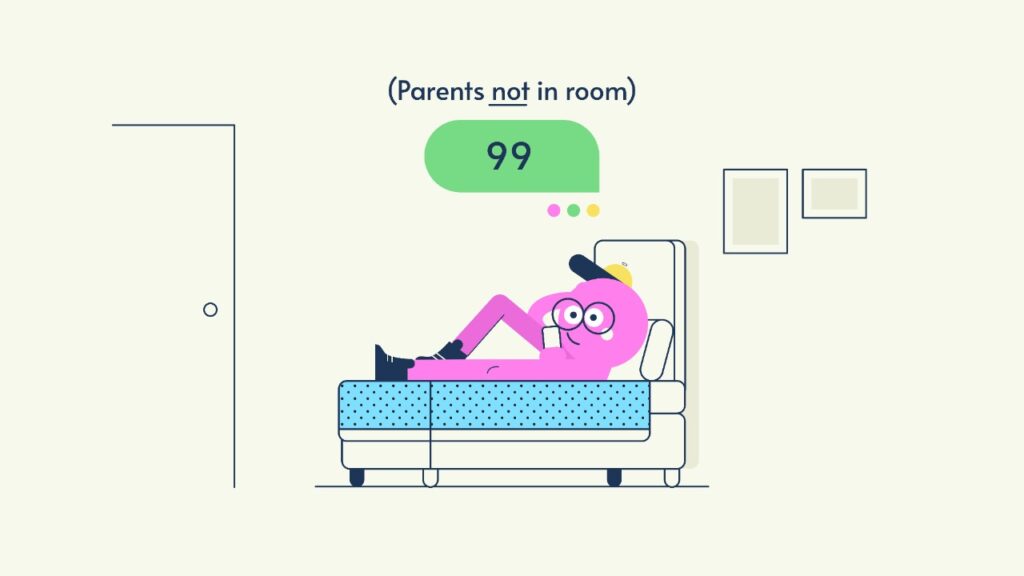Expert on SA’s Anti-Bullying Week: “Why are South Africans cyberbullying?”
South Africa has a problem that is getting harder to fix “How would you know if your child was being cyberbullied?” That is the chilling question that we posed during this week’s Anti-Bullying Week in South Africa. Originated by the Anti-Bullying Alliance, this year’s theme is ‘One Kind Word.’ “The reality is that a surprising number […]
Expert on SA’s Anti-Bullying Week: “Why are South Africans cyberbullying?” Read More »

